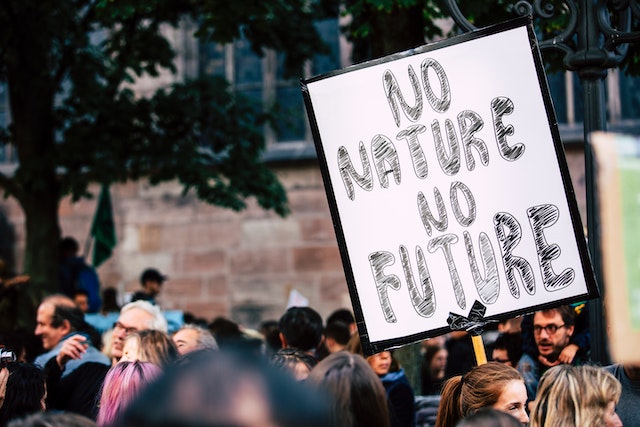Rising temperatures are a key factor contributing to the increased frequency of wildfires in Canada. Here’s how rising temperatures are connected to the occurrence and severity of wildfires: 1. Drier Conditions: Higher temperatures accelerate evaporation, leading to drier conditions overall. When the air and soil become drier, vegetation becomes more susceptible to catching fire. Dryer
Rising temperatures are a key factor contributing to the increased frequency of wildfires in Canada. Here’s how rising temperatures are connected to the occurrence and severity of wildfires:
1. Drier Conditions: Higher temperatures accelerate evaporation, leading to drier conditions overall. When the air and soil become drier, vegetation becomes more susceptible to catching fire. Dryer fuels, such as dead leaves, twigs, and branches, create an environment that is more prone to ignition and rapid fire spread.
2. Longer Fire Seasons: Rising temperatures can extend the length of the fire season in Canada. Warmer springs cause snow to melt earlier, and warmer autumns prolong the dry period before winter. These longer fire seasons provide more opportunities for wildfires to start and spread.
3. Melting Permafrost: In northern regions of Canada, permafrost—permanently frozen ground—is thawing due to rising temperatures. As permafrost thaws, it releases large amounts of organic material, which can act as fuel for fires. The increased availability of fuel can contribute to more intense and longer-lasting fires.
4. Insect Outbreaks: Rising temperatures can also impact the dynamics of insect populations. Warmer conditions can lead to an increase in the population of pests, such as bark beetles. These insects can infest and kill trees, leaving behind large amounts of dead and dry fuel that can readily ignite during a wildfire.
5. Lightning Ignitions: Lightning strikes are a common natural ignition source for wildfires. Rising temperatures can lead to increased thunderstorm activity, which in turn increases the frequency of lightning strikes. When lightning strikes in areas with dry vegetation, it can easily spark a fire.
It’s important to note that while rising temperatures are a significant contributor to the increased frequency of wildfires, other factors such as precipitation patterns, land management practices, and natural climate variability also influence the occurrence and severity of wildfires in Canada. Understanding these complex interactions is crucial for developing effective strategies to mitigate the risks associated with wildfires and adapt to the changing climate.

















Leave a Comment
Your email address will not be published. Required fields are marked with *